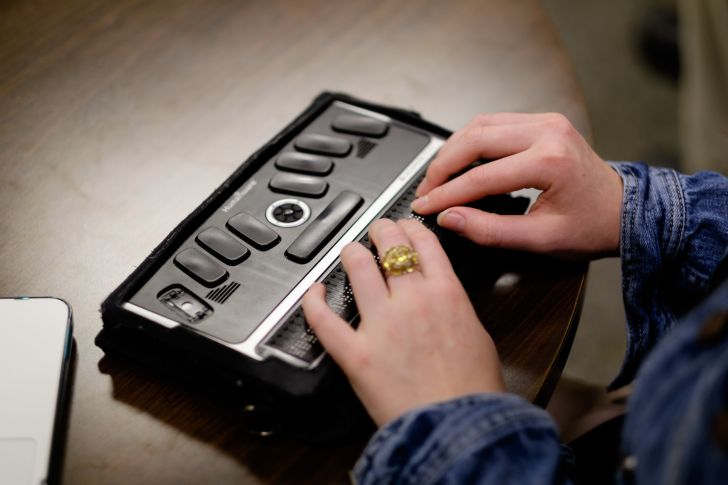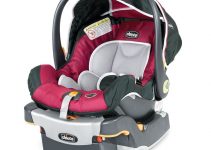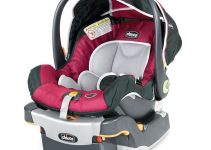Getting assistive technology for the blind and visually impaired can be very costly, especially if you cover the cost from your pocket. Luckily, these days access to computers or another form of technology that can help those who have visual problems is pretty abundant. What’s more, you can easily get in touch with many organizations that support such causes in the United States. Hopefully, we can assist you with that.
Before we get to the list, here are our simple tips on how to apply for assistive technology for the visually impaired:
The first thing you need to consider is the one that will receive the help. Who are they, what age, where do they live, how much do they earn, and what kind of technology do they need? This is necessary to determine which type of technology they need. To do this, it might help to make a list of things that they usually do and then you can decide which technology may help them to do these things independently. If you are still unsure about this, you can always consult with and ask for advice from professionals such as doctors etc. Do this while researching the list of technology offered in the United States.
The next step is to prepare the necessary documents. There is much organization that allocates some funding to provide assistive technology, and each of these organizations may have different qualifications. However, in general, most of them require the family to submit a statement from a physician or therapist stating that the assistive technology is medically necessary. In addition, they may also need a copy of the prescription and medical diagnosis. Many of the applicants that are selected use the technology to increase their independence or to get/keep their employment.
EXPERT TIP: when writing assistive technology application for education purposes, emphasize on how technology can help the blind or visual impaired students to achieve their academic goals. Meanwhile, if you’re writing the assistive technology application for medical purposes, always emphasize on its’ medical necessity in order to help the blind/visually impaired person to be more independent at their jobs/life.
Below are some of the possible organizations that may be able to help eligible individuals to get their assistive technology, including ones for the blind or visually impaired:
- Washington Access Fund (info@watf.org)
- SightConnection (info@sightconnection.org)
- Washington Talking Book and Braille Library (WTBBL) (wtbbl@secstate.wa.gov)
The short list above is just an example in the Washington area. You can easily find the organizations near you by searching in Google using the keyword “assistive technology assistance in YOUR-STATE” (without quote). Alternatively, you can contact the American Foundation for the Blind or other organizations related to blindness and ask for information there. We have a list of these organizations in our reference section.
Where can I Find Assistive Technology for the Blind in Public?
Under the United States’ law, schools for children who are under 21 years old are supposed to facilitate the need for the blind students. This often means that the school provides special computer access so that the blind student can complete the written homework. In most cases, due to limited funding, the school may require the students to share the technology together.
Typically there are several places in your city where you can find computer-access assistive technology. One good example would be the public libraries. Although not every public library are equipped with this kind of technology, there are many that provides special software that can magnify the computer screens or read the documents. They also often provide user-friendly print workstations. Another good place to search for such service is local schools or universities.
Can I Get Computer Software for Blind / Visually Impaired Users?
Thanks to the technology improvements, nowadays you can get this software often for a free or low cost. If you need programs that can help you read the screen, enlarging the display or mouse, or other computer-related tasks, you can try the suggestions in our reference section below.
Last but not least, we sincerely hope that this post can help anyone out there looking for help in finding assistive technology for the blind in United States.
References:
Image: news.wfu.edu




